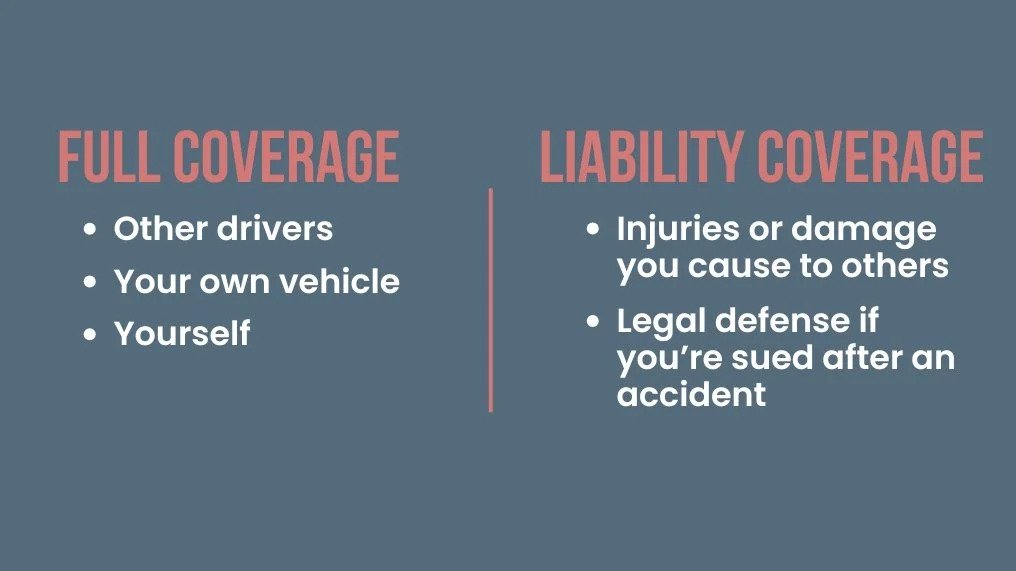When it comes to car insurance in Pennsylvania, drivers often face a big decision: stick with the state’s minimum required coverage or opt for full coverage. On the surface, minimum coverage seems cheaper, but it may leave you financially exposed if an accident happens.
So, what’s the real difference in cost—and which one makes sense for drivers in Pittsburgh? Let’s break it down.
What Does Pennsylvania’s Minimum Coverage Include?
In Pennsylvania, the minimum auto insurance you’re legally required to carry is:
- $15,000 bodily injury liability per person
- $30,000 bodily injury liability per accident
- $5,000 property damage liability
- $5,000 medical benefits (no-fault coverage)
This basic policy keeps you legal on the road and protects other drivers if you cause an accident. However, it doesn’t cover damage to your own car and may not be enough to cover serious injuries or expensive vehicles.
What Does Full Coverage Include?
Full coverage typically combines:
- Liability insurance (as required by the state)
- Collision coverage – pays for repairs to your car after an accident
- Comprehensive coverage – covers theft, vandalism, weather damage, or hitting an animal
This means full coverage protects both you and other drivers, giving you peace of mind if something unexpected happens.
The Cost Difference Between Minimum and Full Coverage

Naturally, minimum coverage is cheaper upfront. Many Pittsburgh drivers choose it because it lowers their monthly premium. However, the real cost comes after an accident.
For example:
- If you only have state minimum coverage and cause $20,000 worth of damage to someone’s car, your policy only pays $5,000—you’re responsible for the remaining $15,000 out of pocket.
- If your own car is totaled in a crash or damaged by a storm, you get nothing without collision or comprehensive coverage.
When I checked cheap insurance Pittsburgh, I noticed that full coverage policies aren’t always that much more expensive—especially if you qualify for discounts like safe driving or bundling with home insurance.
Who Should Consider Minimum Coverage?
- Drivers with older cars worth less than the cost of full coverage
- Those who can afford to pay for their own repairs or a replacement vehicle
- People looking for the absolute lowest legal cost
But keep in mind, you’re taking on more financial risk in the event of a serious accident.
Who Should Consider Full Coverage?
- Anyone with a newer or financed vehicle
- Drivers who commute daily and face higher risk
- Those who want protection from theft, weather, or vandalism
In Pittsburgh, where winter storms and urban driving risks are common, full coverage often makes more sense for peace of mind.
Final Thoughts
Minimum coverage may be cheaper month-to-month, but it could cost you far more after an accident. Full coverage offers better protection but comes with a higher premium.
The best choice depends on your car’s value, your budget, and how much risk you’re willing to take. Before deciding, compare quotes for both options to see how much more it would cost to upgrade your coverage.
It’s always smart to explore Pittsburgh policies that balance affordability with the protection you really need.

